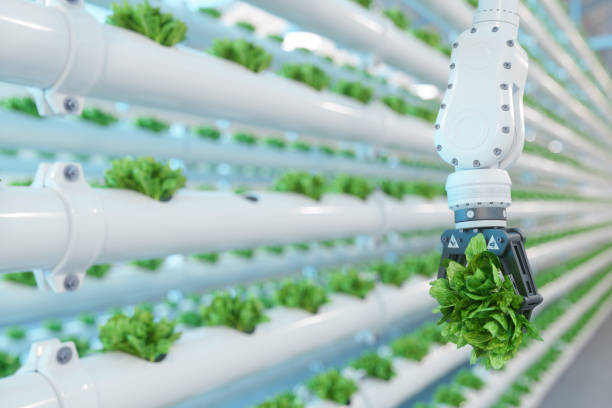Hydroponic farming is transforming agriculture by enabling farmers to grow crops without soil, using nutrient-rich water solutions. This innovative method is perfect for urban areas, small spaces, and regions with poor soil quality. Let’s explore how hydroponic farming achieves maximum yield in minimum space.

Hydroponic farming is a soilless cultivation method where plants are grown in water enriched with essential nutrients. By directly delivering nutrients to the plant roots, this technique eliminates the need for soil and maximizes resource efficiency.
Hydroponic systems can be stacked vertically, making them ideal for urban environments or areas with limited land. This vertical farming approach significantly increases the number of plants grown per square foot.
Since plants receive nutrients directly and consistently, they grow faster and produce more. Controlled environments further optimize growth conditions, ensuring year-round productivity.
Hydroponics uses up to 90% less water compared to traditional farming. The closed-loop systems recycle water, reducing waste and making it a sustainable choice.
The controlled environment of hydroponic farming minimizes pest infestations, reducing the need for harmful pesticides. This results in healthier, chemical-free produce.
In this system, a thin film of nutrient solution flows over the roots, providing constant nourishment.
Plants are suspended in nutrient-rich water, allowing their roots to absorb nutrients continuously.
Plants are suspended in air, and their roots are misted with nutrient solutions, offering maximum oxygen exposure.
Hydroponic farming is a revolutionary solution for sustainable agriculture. By maximizing yield in limited space, it addresses the challenges of food security, urbanization, and environmental sustainability. With its ability to conserve resources and provide fresh produce year-round, hydroponics is not just a farming method but a step toward a greener, more efficient future. Whether for commercial farming, research purposes, or personal use, hydroponics is paving the way for innovative and resilient agricultural practices.